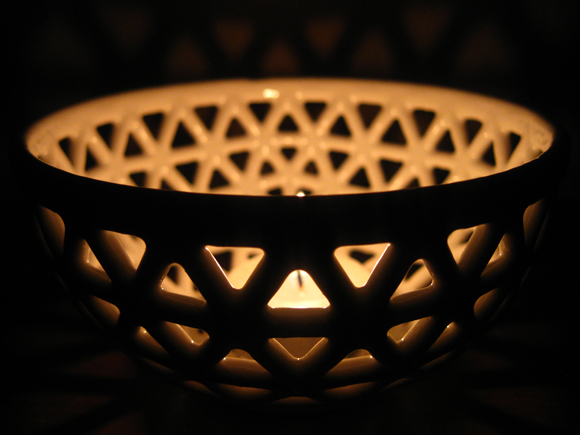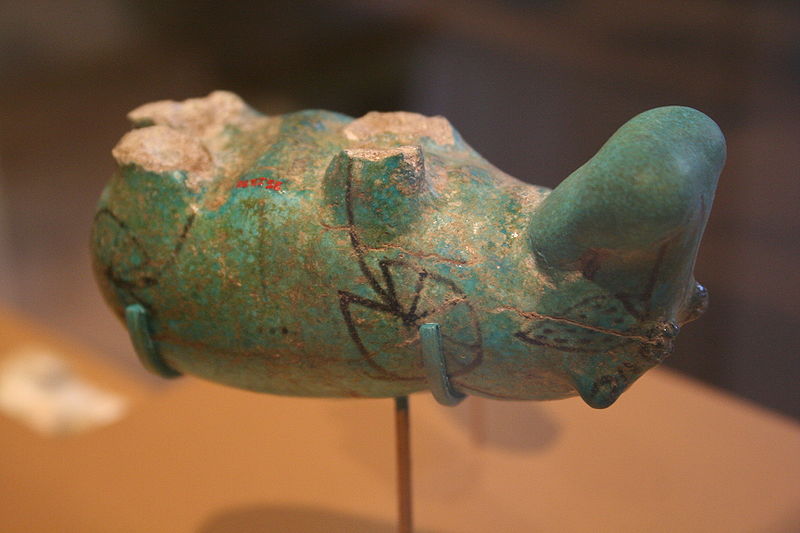3D printing is one of three project focuses to be backed by a £7.7 million grant awarded to the Centre for Fine Print Research (CFPR) at the University of the West of England Bristol (UWE Bristol).
Provided by Research England’s Expanding Excellence fund, the money will be used launch numerous projects over the next 3 years, and create 19 new roles within the CFPR.
“Pushing the boundaries of knowledge and conquering new innovations are what our universities are known for the world over,” commented Universities and Science Minister Chris Skidmore on announcement of the funding. “This programme led by UWE Bristol will give us a glimpse into the past using the technology of the future, with 3D printing to recreate historical artefacts.”

3D printed ceramic excellence
The CFPR unites academia, industry and artists to tackle challenges faced by new and existing print technologies. Its primary areas of research include 3D printing technologies and materials, 2.5D Print and Fabrication (Adding color and texture to a 2D substrate), Color for Digital Imaging, Wide-Format Print and Artists’ Books.
In 3D printing, one particular method and material of interest is ceramic. Professor Stephen Hoskins and Senior Research Fellow David Huson, who lead research at the CFPR, have developed a patent for a 3D printable real clay replacement called ViriClay.
As pointed out by Skidmore “3D printing to recreate historical artefacts” is going to be the subject of one area funded by the new grant. In the past, the center undertook a project from the Arts and Humanities Research Council to develop a 3D printing method reminiscent of historic Egyptian Faience techniques for self-glazing ceramics. This project, which was completed in 2015, also looked at the potential of 3D printed glass.

Broadly, the new projects enabled by the grant will address: Transformative Technologies for Practice-led Design; Innovative Print Techniques Reconstructing Historic Reprographic Methods; and Novel Print Processes and Materials for Physical and Tactile Surfaces.
Printing’s biggest challenges
For its research, the CFPR also works with a number of 3D printing industry stakeholders such as Renishaw, robotic additive manufacturing system developer Viridis3D, CEL-UK, former factions of Stratasys and 3D Systems, and The British Museum, which has been gradually expanding its digital archiving and 3D printing efforts. HP is also a longstanding partner of the center, starting with its traditional printing research expertise.
“Our Centre for Fine Print Research is going from strength to strength,” concluded UWE Bristol Vice-Chancellor Professor Steve West. “In 2018 the CFPR was highly commended by the Times Higher Awards for its innovative contribution to Burleigh Pottery to help the iconic company continue printing its traditional print patterns on pottery,”
“This fund will now allow the Centre to work ever more closely with partners to tackle big challenges around printing.”
For all of the latest additive manufacturing business and research news subscribe to our newsletter, follow us on Twitter, and like us on Facebook. Find talent for a project, or advance your career in 3D printing – join 3D Printing Jobs to apply and advertise.
Featured image shows a 3D printed and hand finished lattice bowl made at the CFPR. Photo via the Centre for Fine Print Research


